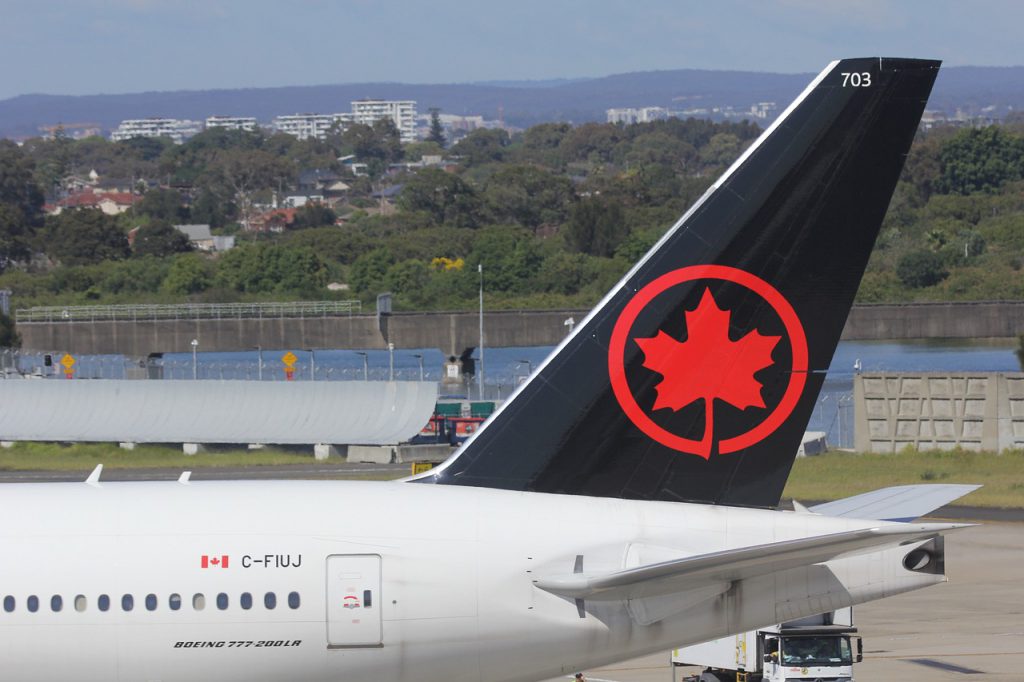Air Canada Reacts To Proposed Toronto Pearson Flight Limits
Air Canada, the country’s largest airline, has responded to proposed flight limits at Toronto Pearson International Airport. The proposed limits are part of a broader plan to reduce noise pollution and improve the quality of life for local residents. While Air Canada has expressed its support for efforts to reduce noise pollution, it has also raised concerns about the impact of the proposed flight limits on its operations. Let’s take a closer look at Air Canada’s response and the proposed flight limits.
The Proposed Flight Limits
The proposed flight limits at Toronto Pearson International Airport would restrict the number of flights that can take off and land during certain hours of the day. Specifically, the limits would apply to flights that take off or land between 11 pm and 6 am, which is known as the “shoulder period.” The limits would be implemented gradually over the next five years, with the aim of reducing noise pollution and improving the quality of life for local residents.
Air Canada’s Response
In response to the proposed flight limits, Air Canada has expressed its support for efforts to reduce noise pollution and improve the quality of life for local residents. However, the airline has also raised concerns about the impact of the proposed limits on its operations. Air Canada has argued that the proposed limits would make it more difficult for the airline to operate its transatlantic flights, which typically depart during the shoulder period when air traffic is lighter. The airline has also warned that the proposed limits could lead to flight delays and cancellations, which would inconvenience passengers and hurt the airline’s bottom line.
Air Canada’s Proposed Alternatives
In response to the proposed flight limits, Air Canada has proposed a number of alternatives that it believes would achieve the same goals without restricting flights. These alternatives include:
- Investing in new noise-reducing technologies for aircraft
- Implementing operational measures to reduce noise, such as modifying flight paths or using quieter engine thrust settings
- Encouraging the use of newer, quieter aircraft through incentives
Air Canada has argued that these alternatives would be more effective at reducing noise pollution than flight limits, while also minimizing the impact on its operations and passengers.
The Future of the Proposed Flight Limits
The proposed flight limits at Toronto Pearson International Airport are still in the consultation phase, and it remains to be seen whether they will be implemented. Air Canada’s response highlights the challenges of balancing the needs of airlines with the concerns of local residents. While there is broad agreement on the need to reduce noise pollution, there is still debate over the best way to achieve this goal. In the coming months, stakeholders will continue to discuss and debate the proposed flight limits, and a final decision is expected later this year.
Conclusion
The proposed flight limits at Toronto Pearson International Airport are part of a broader plan to reduce noise pollution and improve the quality of life for local residents. While Air Canada has expressed its support for these goals, the airline has also raised concerns about the impact of the proposed limits on its operations. As stakeholders continue to debate the proposed limits, it remains to be seen what the final outcome will be and how it will impact Air Canada’s operations and passengers.

